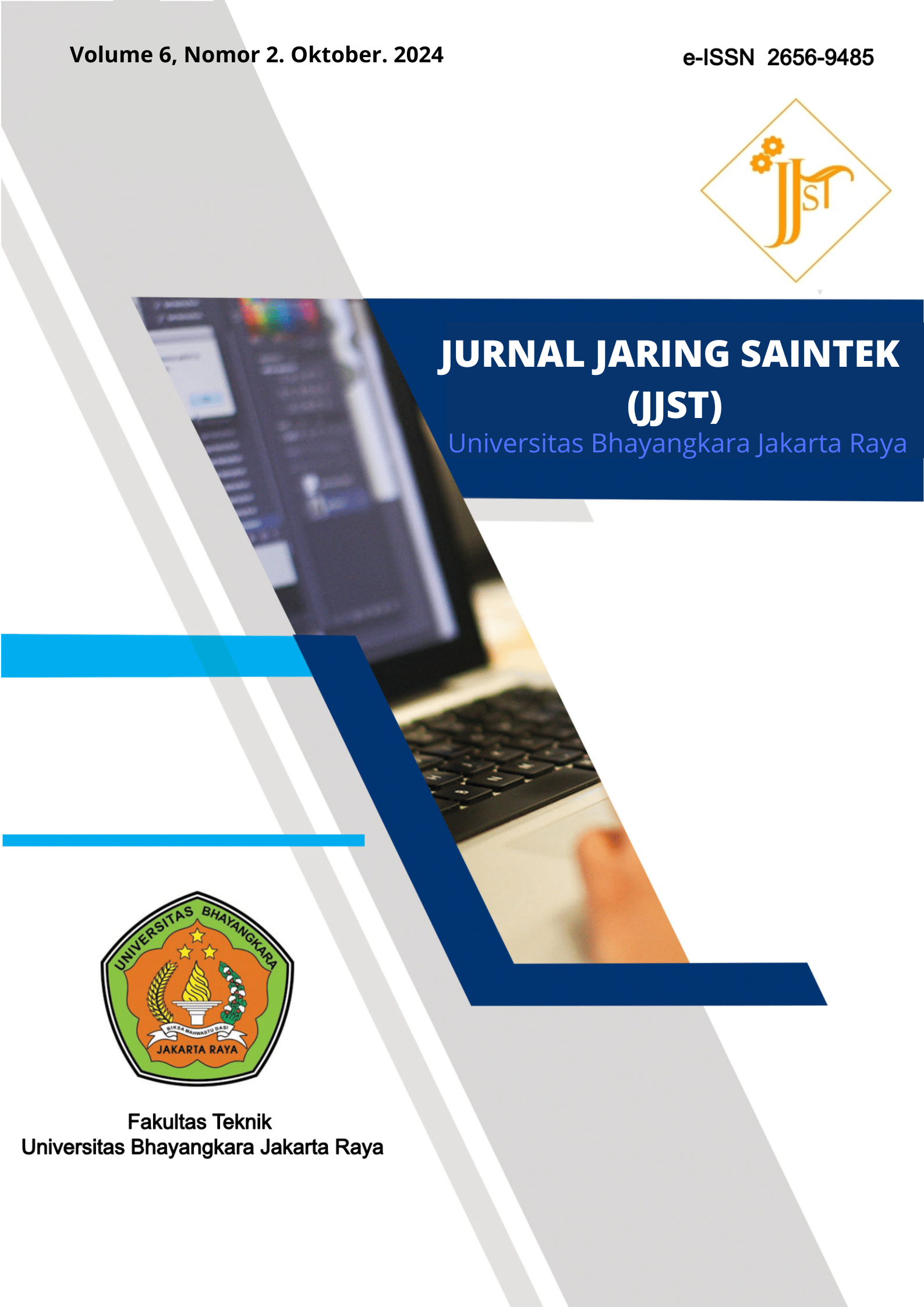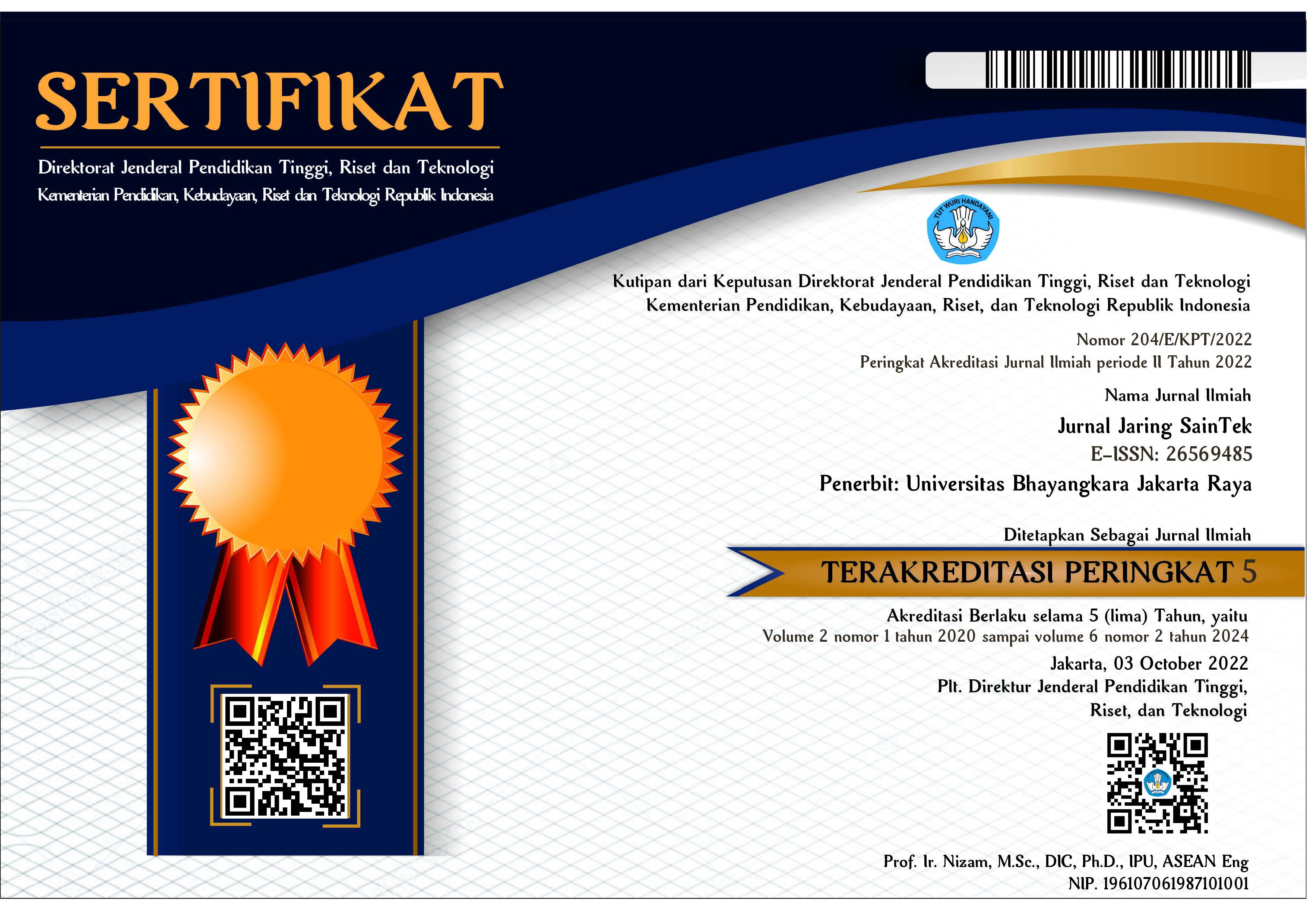Classification of Rock Types Using Machine Learning
DOI:
https://doi.org/10.31599/2hfrbw48Keywords:
Machine Learning, Relative Permeability, Rock Type Classification, Petrophysical Characterization, SCAL Experiments , Fractional Flow CurvesAbstract
Determining the petrophysical rock type often excludes measured multiphase flow properties, such as relative permeability curves. This is due to limitations in SCAL experiments or difficulties in correlating relative permeability characteristics with standard rock types. However, with a significant number of relative permeability curves, Machine Learning methods can be applied to automatically and objectively classify rock types based on the shape of these curves. This approach combines principal component analysis with unsupervised clustering schemes and preprocesses relative permeability curve data by integrating irreducible water saturation and residual oil. The methodology was tested on real data from carbonate reservoirs with a substantial number of relative permeability curves, demonstrating successful clustering based on fractional flow curves. The results indicate that this clustering can classify rocks from poor to optimal displacement efficiency. Furthermore, the study highlights the importance of high-quality SCAL experiments for normalizing curves and ensuring consistency between capillary pressure measurements and relative permeability. This Machine Learning approach is also compared with capillary pressure analysis, showing that relative permeability data provides additional information in rock typing studies, affirming the feasibility of Machine Learning for automatic rock type classification.
Downloads
References
Alfonso, C. E., Fournier, F., & Alcobia, V. (2021, September 15). A Machine Learning Methodology for Rock-Typing Using Relative Permeability Curves. Day 1 Tue, September 21, 2021. https://doi.org/10.2118/205989-MS
Houshmand, N., GoodFellow, S., Esmaeili, K., & Ordóñez Calderón, J. C. (2022). Rock type classification based on petrophysical, geochemical, and core imaging data using machine and deep learning techniques. Applied Computing and Geosciences, 16, 100104. https://doi.org/10.1016/j.acags.2022.100104
Hussain, M., Liu, S., Ashraf, U., Ali, M., Hussain, W., Ali, N., & Anees, A. (2022). Application of Machine Learning for Lithofacies Prediction and Cluster Analysis Approach to Identify Rock Type. Energies, 15(12), 4501. https://doi.org/10.3390/en15124501
Itano, K., & Sawada, H. (2024). Revisiting the Geochemical Classification of Zircon Source Rocks Using a Machine Learning Approach. Mathematical Geosciences. https://doi.org/10.1007/s11004-023-10128-z
Jiang, H., Jiang, J., & Su, G. (2023). Rock Crack Types Identification by Machine Learning on the Sound Signal. Applied Sciences, 13(13), 7654. https://doi.org/10.3390/app13137654
K, Sivachandra., R, Kumudham., Kumar, P. S., V, Rajendran., & Lakshmi, G. R. J. (2023). Rock / Mine Classification Using Supervised Machine Learning Algorithms. 2023 International Conference on Intelligent and Innovative Technologies in Computing, Electrical and Electronics (IITCEE), 177–184. https://doi.org/10.1109/IITCEE57236.2023.10091031
Khan, M. F. A., Muhammad, K., Bashir, S., Ud Din, S., & Hanif, M. (2021). Mapping Allochemical Limestone Formations in Hazara, Pakistan Using Google Cloud Architecture: Application of Machine-Learning Algorithms on Multispectral Data. ISPRS International Journal of Geo-Information, 10(2), 58. https://doi.org/10.3390/ijgi10020058
Malik, O. A., Puasa, I., & Lai, D. T. C. (2022). Segmentation for Multi-Rock Types on Digital Outcrop Photographs Using Deep Learning Techniques. Sensors, 22(21), 8086. https://doi.org/10.3390/s22218086
Mohammadian, E., Kheirollahi, M., Liu, B., Ostadhassan, M., & Sabet, M. (2022). A case study of petrophysical rock typing and permeability prediction using machine learning in a heterogenous carbonate reservoir in Iran. Scientific Reports, 12(1), 4505. https://doi.org/10.1038/s41598-022-08575-5
Muoghalu, A. I. (2022, September 26). A Machine Learning Approach to Rock Typing with Relative Permeability Curves Using Kmeans Clustering Algorithm. Day 1 Mon, October 03, 2022. https://doi.org/10.2118/212383-STU
Ran, X., Xue, L., Zhang, Y., Liu, Z., Sang, X., & He, J. (2019). Rock Classification from Field Image Patches Analyzed Using a Deep Convolutional Neural Network. Mathematics, 7(8), 755. https://doi.org/10.3390/math7080755
Saleh, A., & Aljawad, M. (2023). Permeability Estimation for Upper Shale Member in Southern Iraqi Oil Field Using Machine learning and Hydraulic Flow Units Methods. Iraqi Geological Journal, 56(2B), 90–101. https://doi.org/10.46717/igj.56.2B.7ms-2023-8-16
Stehlíková, B., Bogdanovská, G., Flegner, P., Frančáková, R., & Drančák, L. (2023). The Proposal of a Method for Rock Classification Using a Vibration Signal Propagated during the Rotary Drilling Process. Applied Sciences, 13(20), 11315. https://doi.org/10.3390/app132011315
Xing, Y., Yang, H., & Yu, W. (2023). An Approach for the Classification of Rock Types Using Machine Learning of Core and Log Data. Sustainability, 15(11), 8868. https://doi.org/10.3390/su15118868
Yao, G., Zhou, X., Ke, C., Drolma, L., & Li, H. (2022). The Potential of Sentinel-1A Data for Identification of Debris-Covered Alpine Glacier Based on Machine Learning Approach. Remote Sensing, 14(9), 1980. https://doi.org/10.3390/rs14091980
Downloads
Published
Issue
Section
License
Copyright (c) 2024 Jurnal Jaring SainTek

This work is licensed under a Creative Commons Attribution 4.0 International License.








